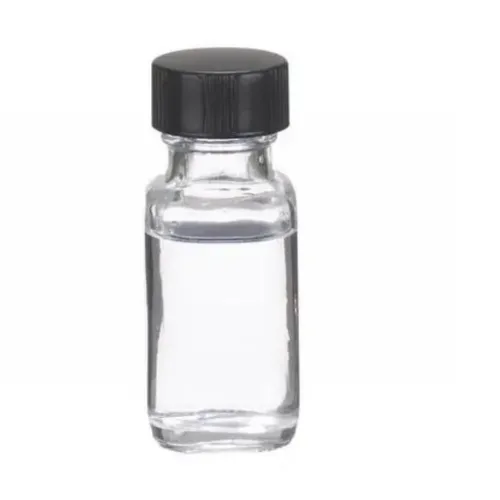 Email: sale@hebeidisha.com
Email: sale@hebeidisha.com
 Tel: +86 13315186550
Tel: +86 13315186550
- Afrikaans
- Albanian
- Amharic
- Arabic
- Armenian
- Azerbaijani
- Basque
- Belarusian
- Bengali
- Bosnian
- Bulgarian
- Catalan
- Cebuano
- China
- China (Taiwan)
- Corsican
- Croatian
- Czech
- Danish
- Dutch
- English
- Esperanto
- Estonian
- Finnish
- French
- Frisian
- Galician
- Georgian
- German
- Greek
- Gujarati
- Haitian Creole
- hausa
- hawaiian
- Hebrew
- Hindi
- Miao
- Hungarian
- Icelandic
- igbo
- Indonesian
- irish
- Italian
- Japanese
- Javanese
- Kannada
- kazakh
- Khmer
- Rwandese
- Korean
- Kurdish
- Kyrgyz
- Lao
- Latin
- Latvian
- Lithuanian
- Luxembourgish
- Macedonian
- Malgashi
- Malay
- Malayalam
- Maltese
- Maori
- Marathi
- Mongolian
- Myanmar
- Nepali
- Norwegian
- Norwegian
- Occitan
- Pashto
- Persian
- Polish
- Portuguese
- Punjabi
- Romanian
- Russian
- Samoan
- Scottish Gaelic
- Serbian
- Sesotho
- Shona
- Sindhi
- Sinhala
- Slovak
- Slovenian
- Somali
- Spanish
- Sundanese
- Swahili
- Swedish
- Tagalog
- Tajik
- Tamil
- Tatar
- Telugu
- Thai
- Turkish
- Turkmen
- Ukrainian
- Urdu
- Uighur
- Uzbek
- Vietnamese
- Welsh
- Bantu
- Yiddish
- Yoruba
- Zulu
Dec . 24, 2024 22:47 Back to list
diethanolamine uses
Uses of Diethanolamine A Comprehensive Overview
Diethanolamine (DEA), a colorless, viscous liquid with a faint ammonia-like odor, is a chemical compound that belongs to the ethanolamine family. Its chemical formula is C4H11NO2, and it is produced by the reaction of ethylene oxide and ammonia. DEA is versatile and finds a wide range of applications in various industries due to its unique properties, such as surfactant capabilities, pH regulation, and its ability to form stable compounds with other chemicals. Below are some of the most common uses of diethanolamine across different sectors.
1. Personal Care Products
One of the most prominent uses of diethanolamine is in the formulation of personal care products. DEA is often employed as a surfactant and emulsifying agent in shampoos, conditioners, lotions, and skin-care formulations. Its ability to improve the texture and stability of these products makes it an indispensable ingredient in the cosmetic industry. Furthermore, DEA helps to adjust the pH levels of products, ensuring they are suitable and safe for human use.
2. Industrial Applications
In industrial settings, diethanolamine plays a crucial role as a chemical intermediate. It is utilized in the production of various detergents, surfactants, and herbicides. DEA's surfactant properties make it effective in breaking down oils and greases, making it valuable in various cleaning formulations. Additionally, DEA is used in metalworking fluids, where it provides lubrication and enhances the overall performance of the fluid.
3. Gas Treatment
Another significant application of diethanolamine is in gas treatment processes, especially in the removal of acid gases such as carbon dioxide (CO2) and hydrogen sulfide (H2S) from natural gas and other gaseous streams. DEA is effective in this capacity because it can form stable compounds with these gases, allowing for their extraction. This application is crucial in ensuring the quality of natural gas and in various processes in the oil and gas industry.
4. Agricultural Chemicals
diethanolamine uses

In agriculture, diethanolamine is used as a key ingredient in the formulation of pesticides and herbicides. Its properties can enhance the efficacy of these chemical products by acting as a surfactant, improving the distribution and penetration of active ingredients on plant surfaces. This ultimately leads to more effective pest management and crop protection strategies.
5. Textile and Leather Processing
Diethanolamine is also employed in the textile and leather industries. In textiles, it is used in dyeing processes to achieve a more vibrant coloration and better fixation of dyes on fabrics. In leather processing, DEA can be a part of the tanning process, which is essential for producing durable and high-quality leather products.
6. Synthetic Lubricants and Oils
In the realm of automotive and industrial applications, diethanolamine is often found in synthetic lubricants and oils. Its ability to enhance the wear resistance and overall performance of these lubricants makes it an important ingredient in this field. By improving the viscosity and stability of oils, DEA contributes to better engine performance and longevity.
7. Chemical Synthesis
Lastly, diethanolamine serves as a fundamental building block in the synthesis of various organic compounds. It is used in the production of pharmaceuticals, in the formulation of ion exchange resins, and in the manufacture of other chemicals. Its reactivity allows it to participate in numerous chemical reactions, making it crucial in synthetic chemistry.
Conclusion
In summary, diethanolamine is a multifaceted chemical with a broad range of applications in personal care products, industrial processes, gas treatment, agriculture, textiles, lubricants, and chemical synthesis. Its unique properties like surfactancy, pH regulation, and reactivity make DEA an essential component in many formulations and industrial applications. As industries continue to innovate and evolve, the importance of diethanolamine is expected to grow, highlighting its significance in modern chemistry and manufacturing.
Latest news
-
Certifications for Vegetarian and Xanthan Gum Vegetarian
NewsJun.17,2025
-
Sustainability Trends Reshaping the SLES N70 Market
NewsJun.17,2025
-
Propylene Glycol Use in Vaccines: Balancing Function and Perception
NewsJun.17,2025
-
Petroleum Jelly in Skincare: Balancing Benefits and Backlash
NewsJun.17,2025
-
Energy Price Volatility and Ripple Effect on Caprolactam Markets
NewsJun.17,2025
-
Spectroscopic Techniques for Adipic Acid Molecular Weight
NewsJun.17,2025